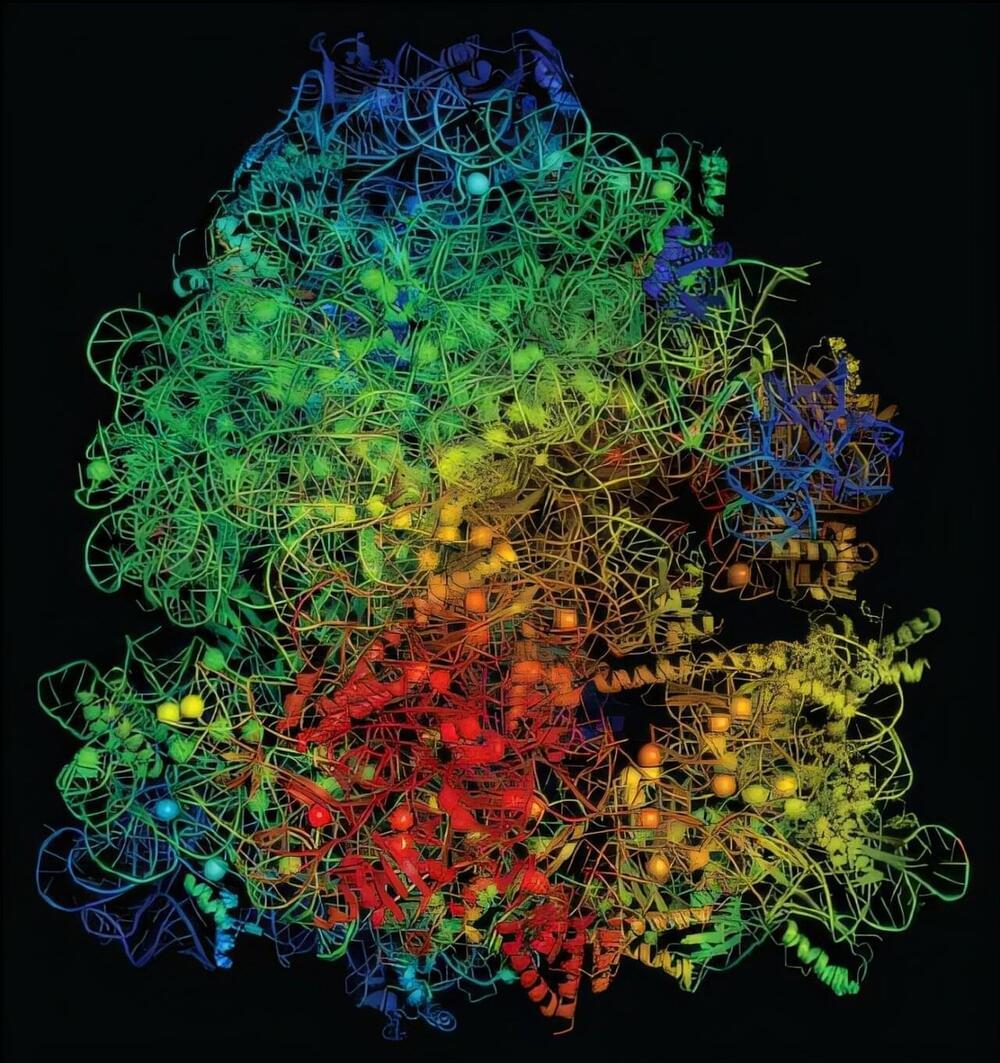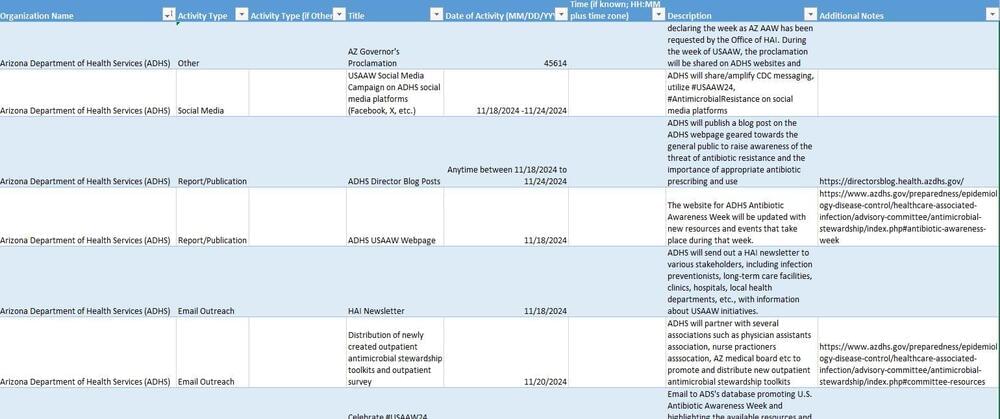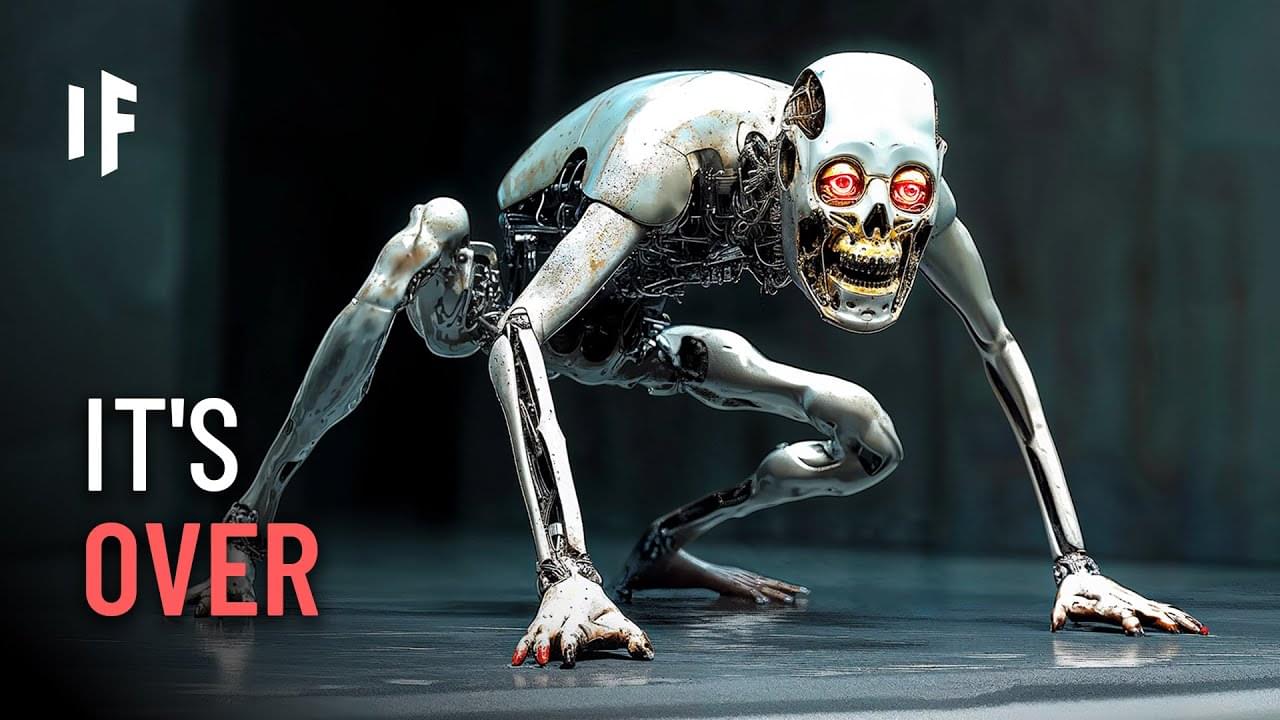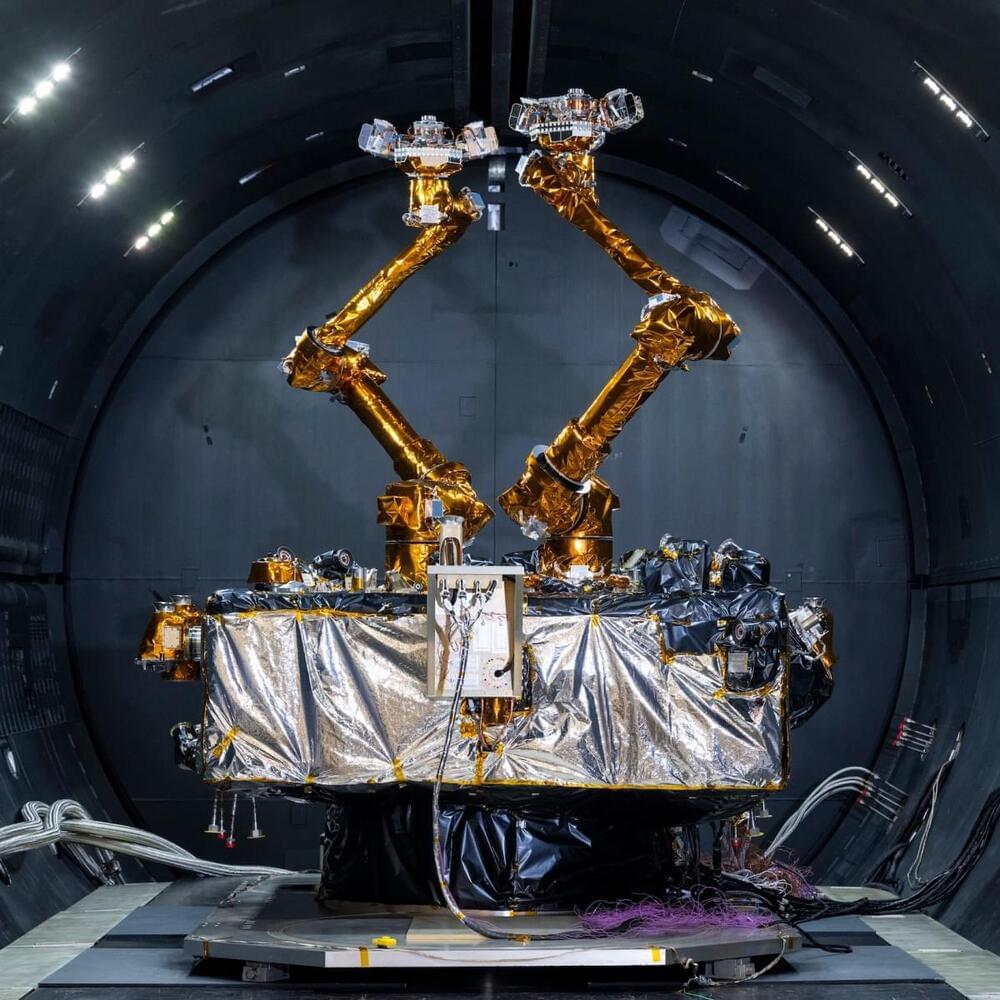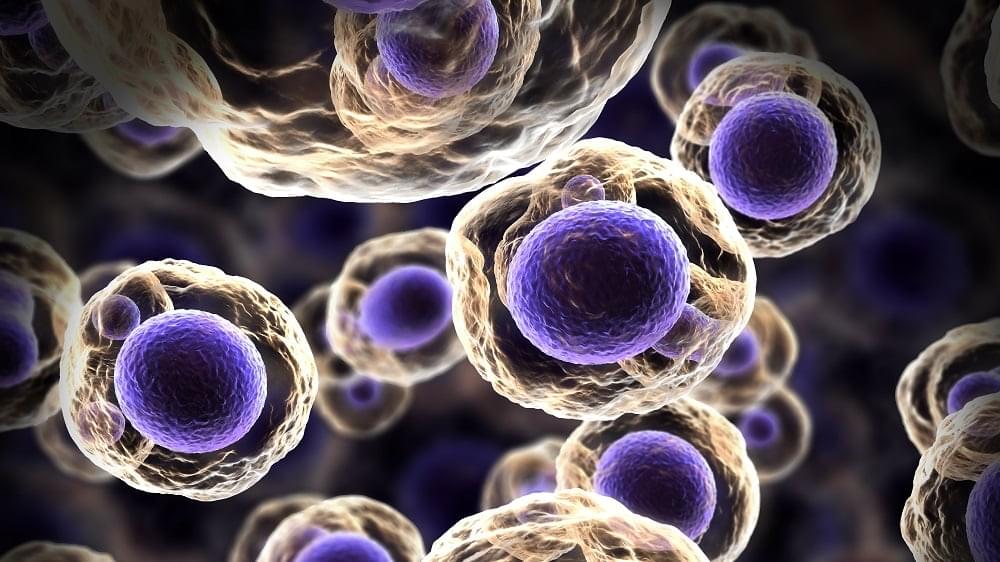The multiverse offers no escape from our reality—which might be a very good thing.
As memes go, it wasn’t particularly viral. But for a couple of hours on the morning of November 6, the term “darkest timeline” trended in Google searches, and several physicists posted musings on social media about whether we were actually in it. All the probabilities expressed in opinion polls and prediction markets had collapsed into a single definite outcome, and history went from “what might be” to “that just happened.” The two sides in this hyperpolarized U.S. presidential election had agreed on practically nothing—save for their shared belief that its outcome would be a fateful choice between two diverging trajectories for our world.


